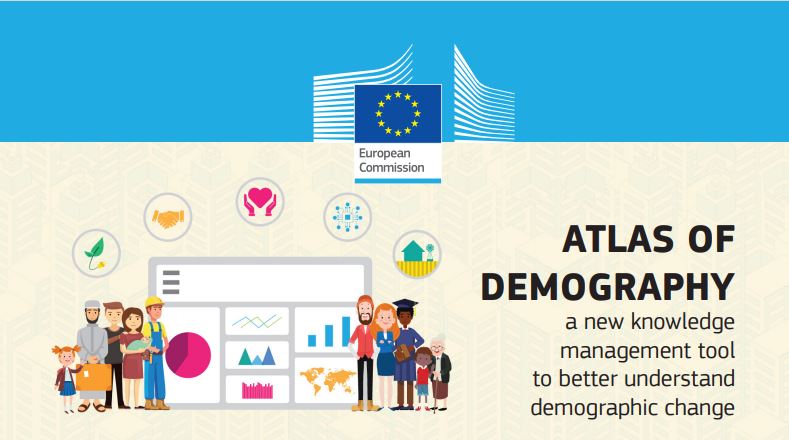
Demographic change, alongside green and digital transitions, is the third transformation shaping the future of Europe. A good understanding of how demographic change and the local, regional and national realities interact is key to tailor European Union policies to the changing conditions on the ground.
In order to better understand demographic change, the European Commission launched on 29 April 2021 the project of the Atlas of Demography (AoD).
It is a new interactive knowledge management tool that enables policy-makers and citizens to observe, monitor and anticipate demographic challenges.
The Atlas aims at informing several policy areas, such as health, labour, education, access to services and amenities, territorial and cohesion policies, etc., with timely, robust, comparable demographic data and knowledge at the finest level of geographical detail (single municipality).
The key features of the Atlas of Demography (AoD) are:
- High-resolution geographic coverage: the Atlas contains official statistics and projections from Eurostat and new data at high spatial resolution produced by the JRC.
- Thematic sections: the Atlas will contain thematic stories linking demographic trends to specific policy contexts. The first edition is related to the main findings of the Commission’s Joint Research Centre (JRC) report ‘Demographic Landscape of EU Territories – Challenges and Opportunities in Diversely Ageing Regions’.
- A ‘living’ tool that will evolve in response to new policy needs: the Atlas will further develop with Release 2.0 in December 2021, integrating demographic determinants and projections at a similar high level of resolution. A Release 3.0 in December 2022 will go beyond the EU and provide a global coverage.